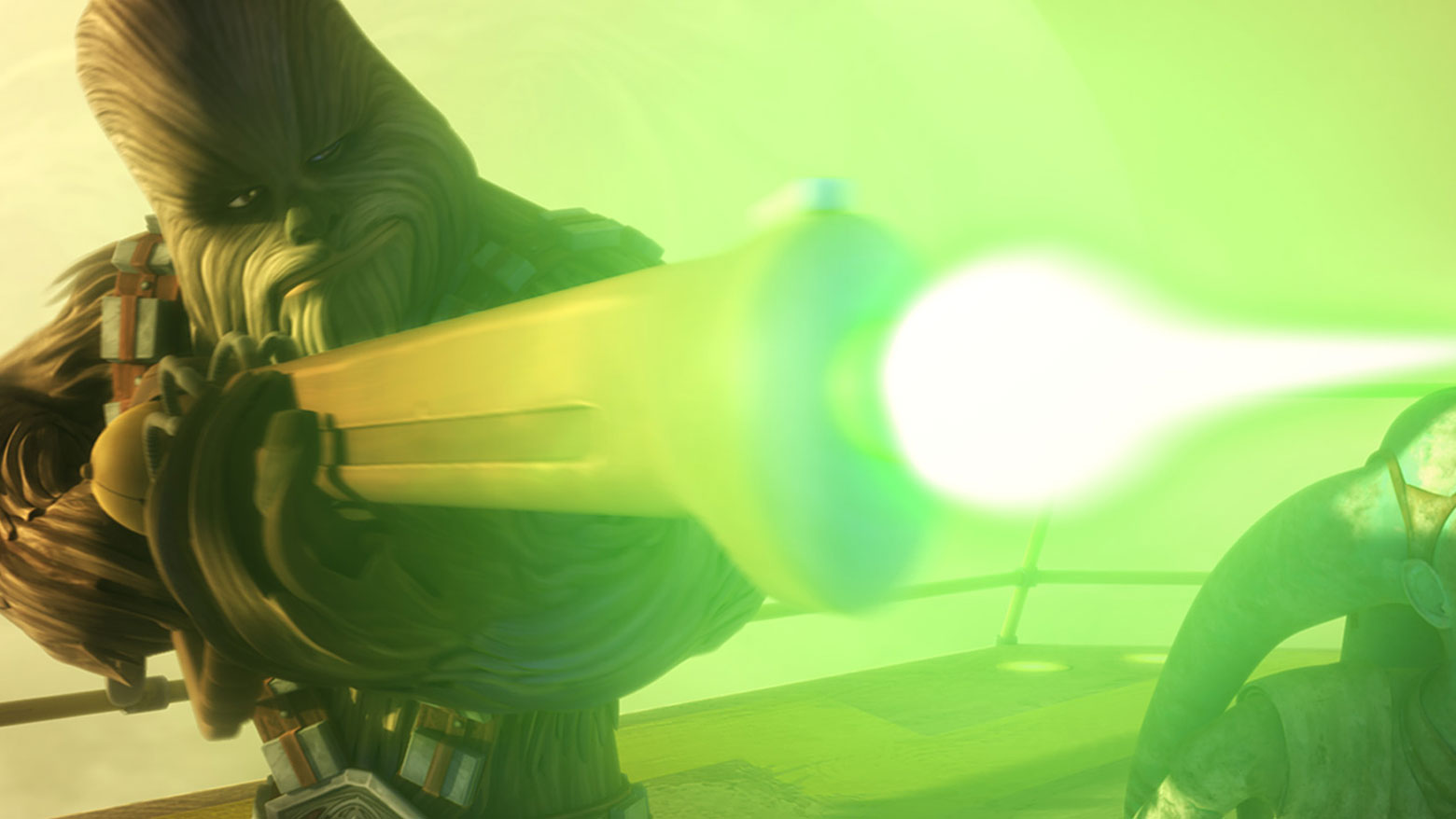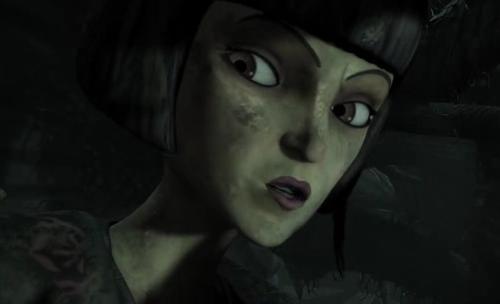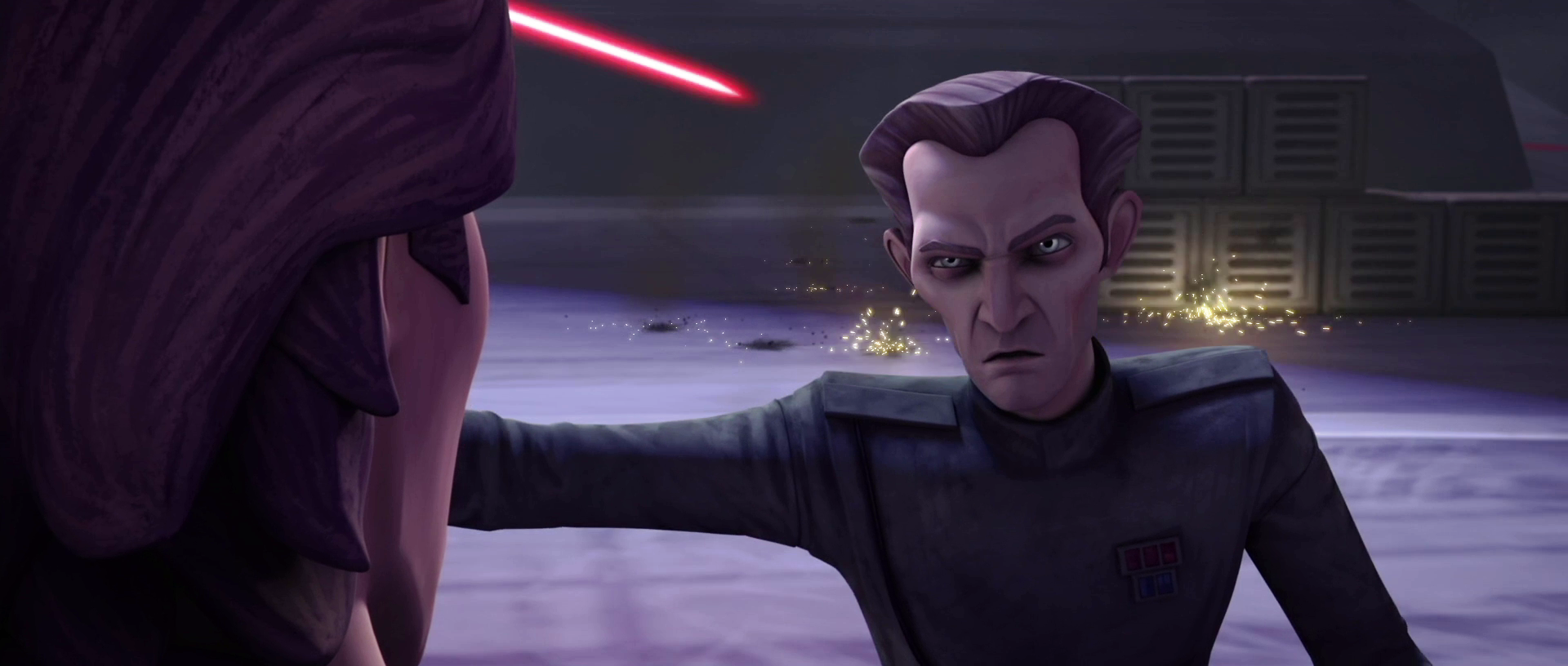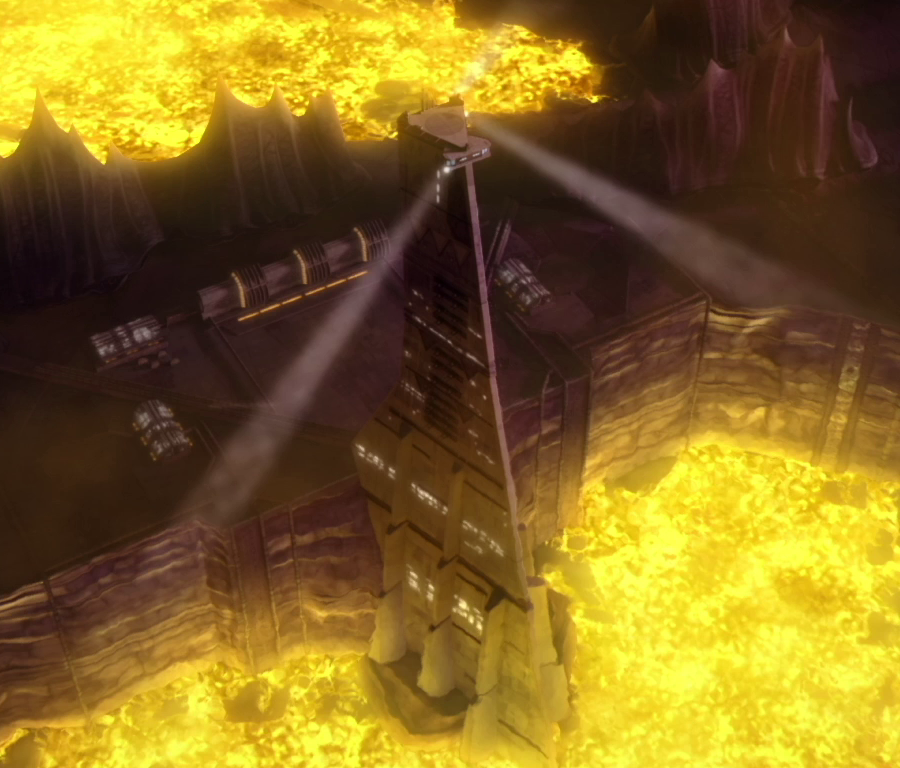MOCK! and The Armchair Squid
are proud to welcome you to Mock Squid Soup: A Film Society, meetings
on the second Friday of each month. Last week, society members posted
three clues as to their chosen film for the month. Today is the big
reveal. A reminder on my clues:
1. This film is one of a
very popular series. The original book series essentially saved the print media industry. No, I'm not exaggerating.
2. It is the first film in the series to address the pain of romantic love. Not mere jealousy. Pain.
3.
One of the actors in the film passed away early this year. Universally
revered as a supremely talented performer, he had impressive stage
credentials in addition to his varied screen roles. In this movie, in
particular, I was struck by how beautifully he moves.
Drum roll please...
Title:
Harry Potter and the Half-Blood Prince
Director: David Yates
Original Release: 2009
My Overall Rating: 5 stars out of 5
It's been a Harry Potter summer at our house. Our daughter, now twelve, had avoided the
Potter books to this point. This is a girl who loves fantasy, too. Nearly every book she reads falls into that genre. For whatever reason, Harry didn't spark her interest. But this summer, she decided to read the entire series and so she has
, The Cursed Child included.
To encourage this endeavor and to share in her experience, we have watched each of the movies as she finished each book. Before this summer, my wife and I had only ever watched the first five films so the last three were new to us, too. Generally speaking, I feel the first five movies decrease in quality as they go but the series finishes very strong, indeed, beginning with #6:
Harry Potter and the Half-Blood Prince. All credit goes to director David Yates.
I've loved Harry Potter from the first book. My wife and I read it aloud to each other in our apartment in New York, trading off chapters. While it doesn't quite match
The Lord of the Rings or other classic series for florid language or sophisticated world building, the
Harry Potter series brings a fresh angle to the genre. We get a ringside seat as the principals go through the all-too-real transformations of adolescence. The stories' progressive darkness matches an increasing maturity and sense of responsibility for Harry. By the time we get to book #7,
Harry Potter and the Deathly Hallows, we have grown to love Harry and his friends in a way we are not always afforded with other characters in other stories. We have watched them grow. We have seen their joys, their pains, their insecurities. We know, for instance, that as brilliant a wizard as Harry is, he's a terrible date and he was, at times, quite an obnoxious teenager. We also have grown to love Hogwarts, a place where we know our dear friends have felt safe. We mourn as they do when it comes under threat.
Deathly Hallows is actually the most traditional fantasy adventure of the series: a team of adventurers on a quest, desperate to fight off the forces of evil. And yet it's so different from other such adventures. It is shrouded in a deep sadness that wouldn't be there if not for everything that has come before.
So, why is
The Half-Blood Prince my favorite of the bunch? From a film making standpoint, it's beautifully shot, the only one in the series to be Oscar-nominated for Best Cinematography - tip of the hat to Bruno Delbonnel. I especially enjoy the scene in the Horcrux Cave. But more importantly, Year 6 represents a vital moment in the story, the point when all that has seemed secure in Harry's world is threatened: his unquestioning reverence for his dead parents, his friendships with Ron and Hermione, his faith in Dumbledore and the impregnable fortress that is Hogwarts. By the end of
The Half-Blood Prince, the stakes have been raised significantly. Our young heroes aren't kids anymore. We can only hope they're adult enough to meet their new challenges.
In the scene that stays with me, Harry finds Hermione sobbing at the bottom of a staircase. I've been to parties where I found a girl crying on the stairs. I've comforted enough friends to know the difference between one who is upset by a minor setback and one who is overwhelmed by a deeper pain. It's the difference between crying and sobbing. Crying is a momentary fit. Sobbing is a full-body convulsion. Hermione is sobbing.
Ron is the reason why she sobs. It's not just that he's with Lavender, another girl. It's his failure to recognize how much Hermione loves him. It's not a crush. It's love. We, as readers and viewers, know that Ron is simply too stupid to realize he loves her, too. But Hermione doesn't know that, not yet. All she knows is the pain. It's a human ache that has nothing to do with witchcraft or wizardry.
The actor referenced in my third clue is, of course, Alan Rickman who plays the part of Severus Snape. The Snape story is the hidden gem of the franchise. If the film series has a failing, it is the fact that not enough material is devoted to the Snape story, so rich in the books. Rickman, nonetheless, is predictably brilliant in the role. I was struck by his movement in this particular movie, odd since for the most part, he doesn't seem to move much at all. Sometimes, less is more. There's a moment when he encounters Harry on a staircase, we see him only from the back and in silhouette. Even without the scenes before it, one would know it was him. Snape moves like a dancer, all the work done in the legs (which we can't see, because of the robe), the upper body essentially still. Astaire would be proud. Even the face barely moves. Except when it does. Then it's riveting. Don't even get me started on the voice. Rickman died on January 14th of this year, pancreatic cancer. It was a huge loss for the art form.
I'm so glad there's a new book out, otherwise our Harry Potter summer would already be over. I'll be sad to leave this world, just as I was after I finished reading
Deathly Hallows myself. I hope
The Cursed Child is just the first of more books to come.
Next meeting is Friday, September 9th. I'll post September's blog list
tomorrow. For September, pick another society member's choice from our ever
increasing library to review. Today, please visit my fellow cinephiles,
listed below:



































